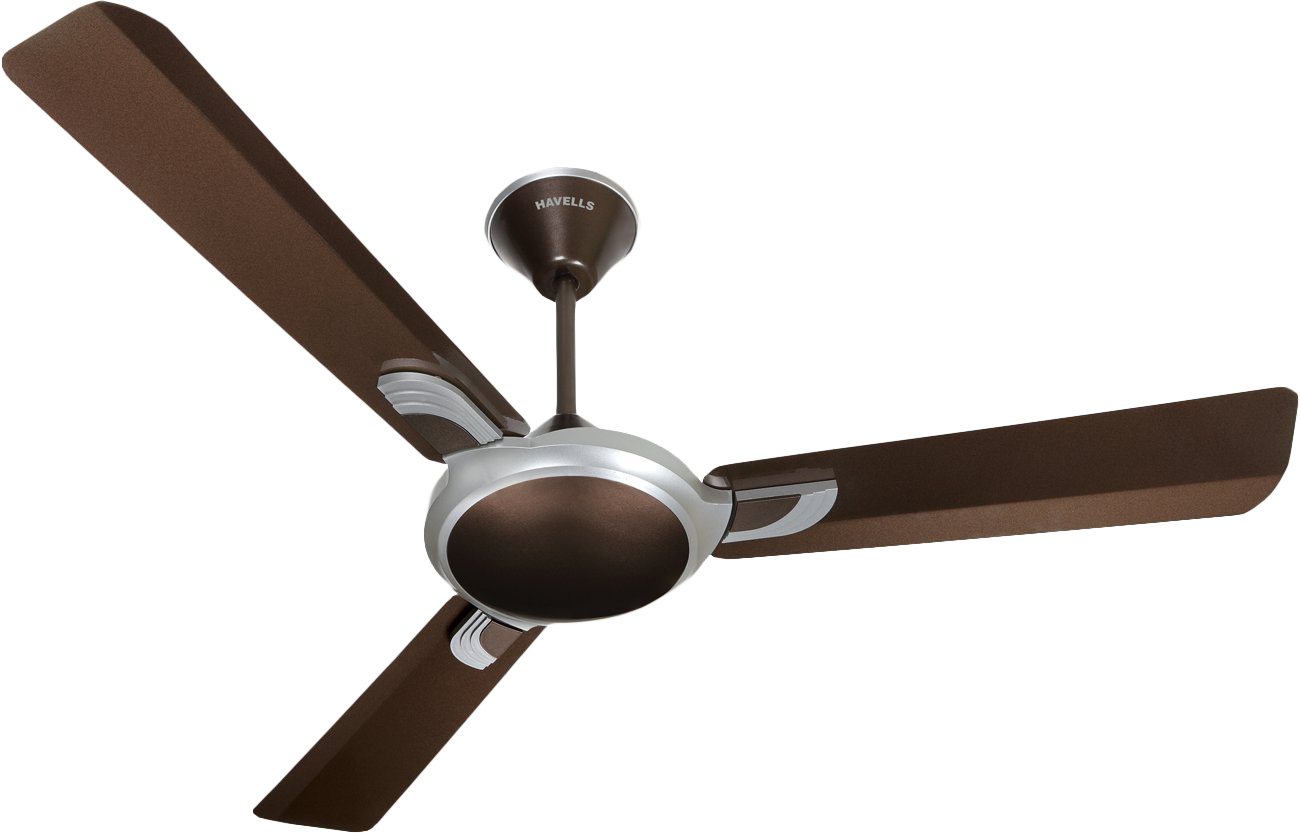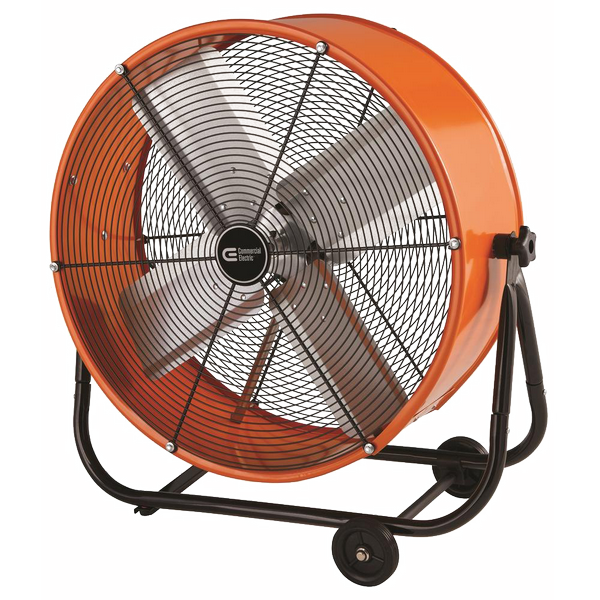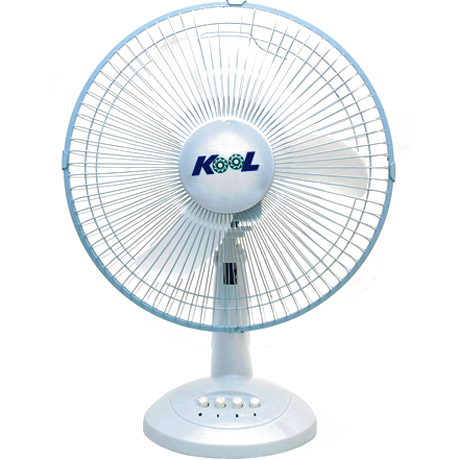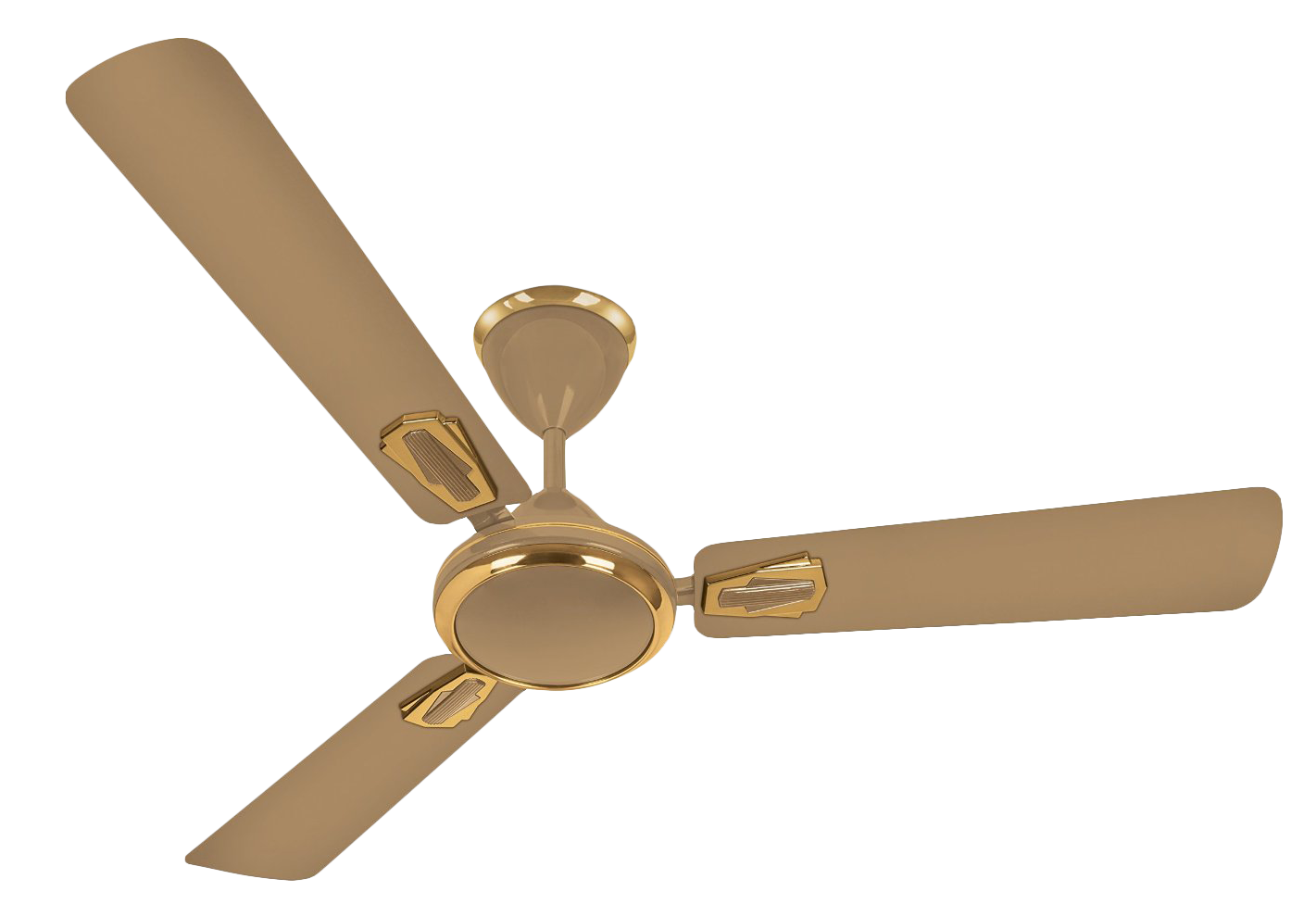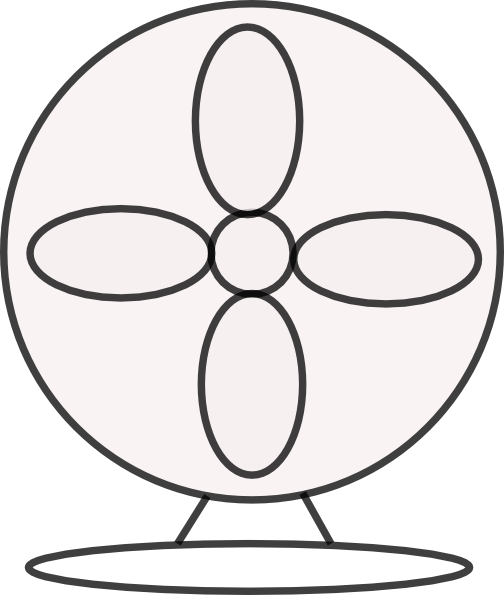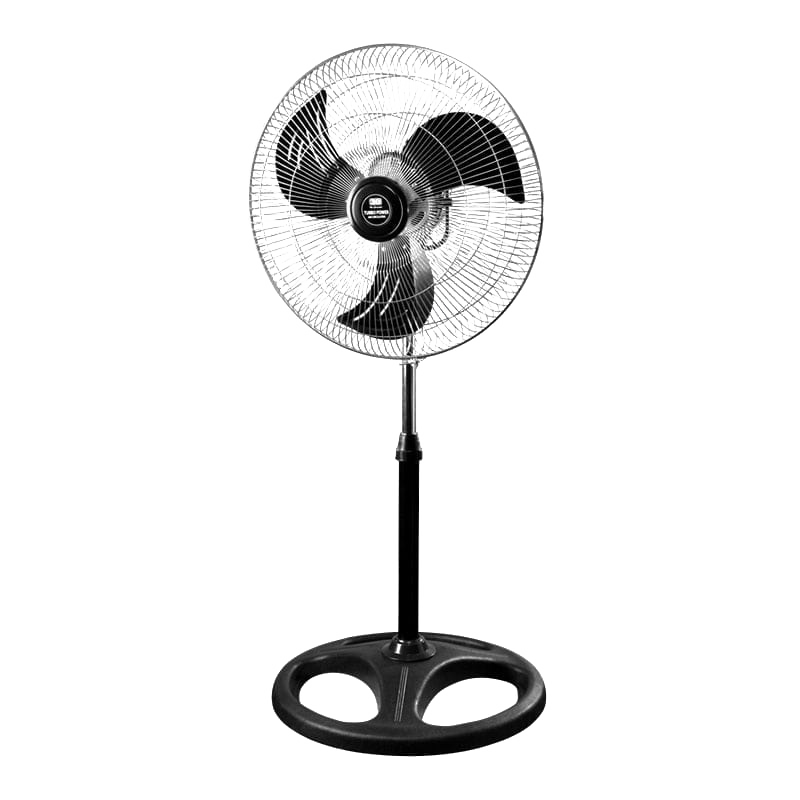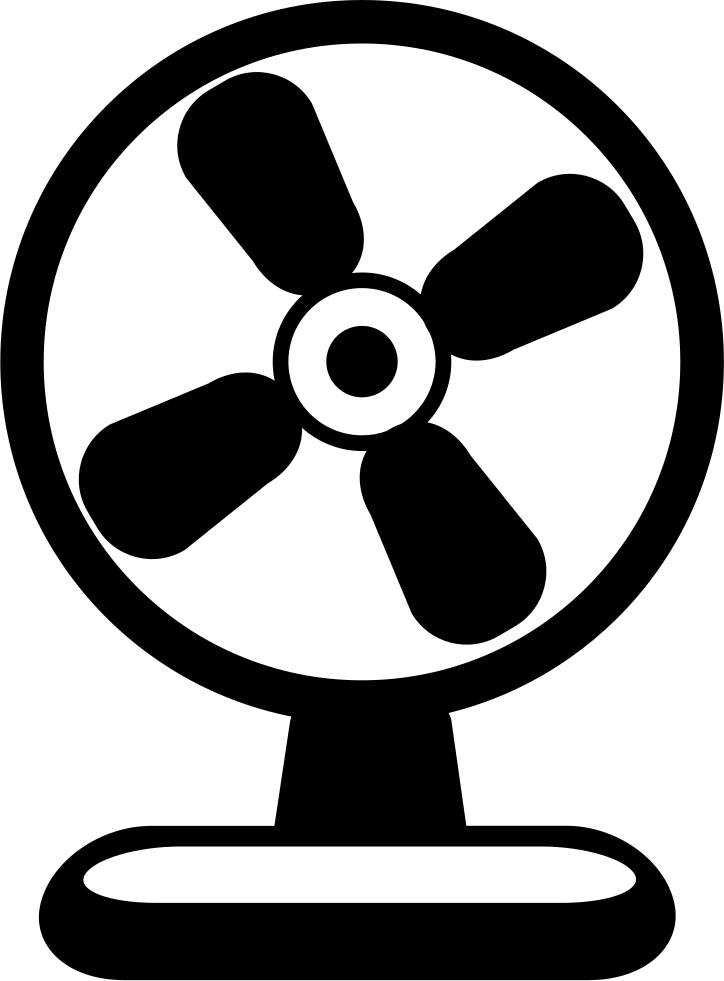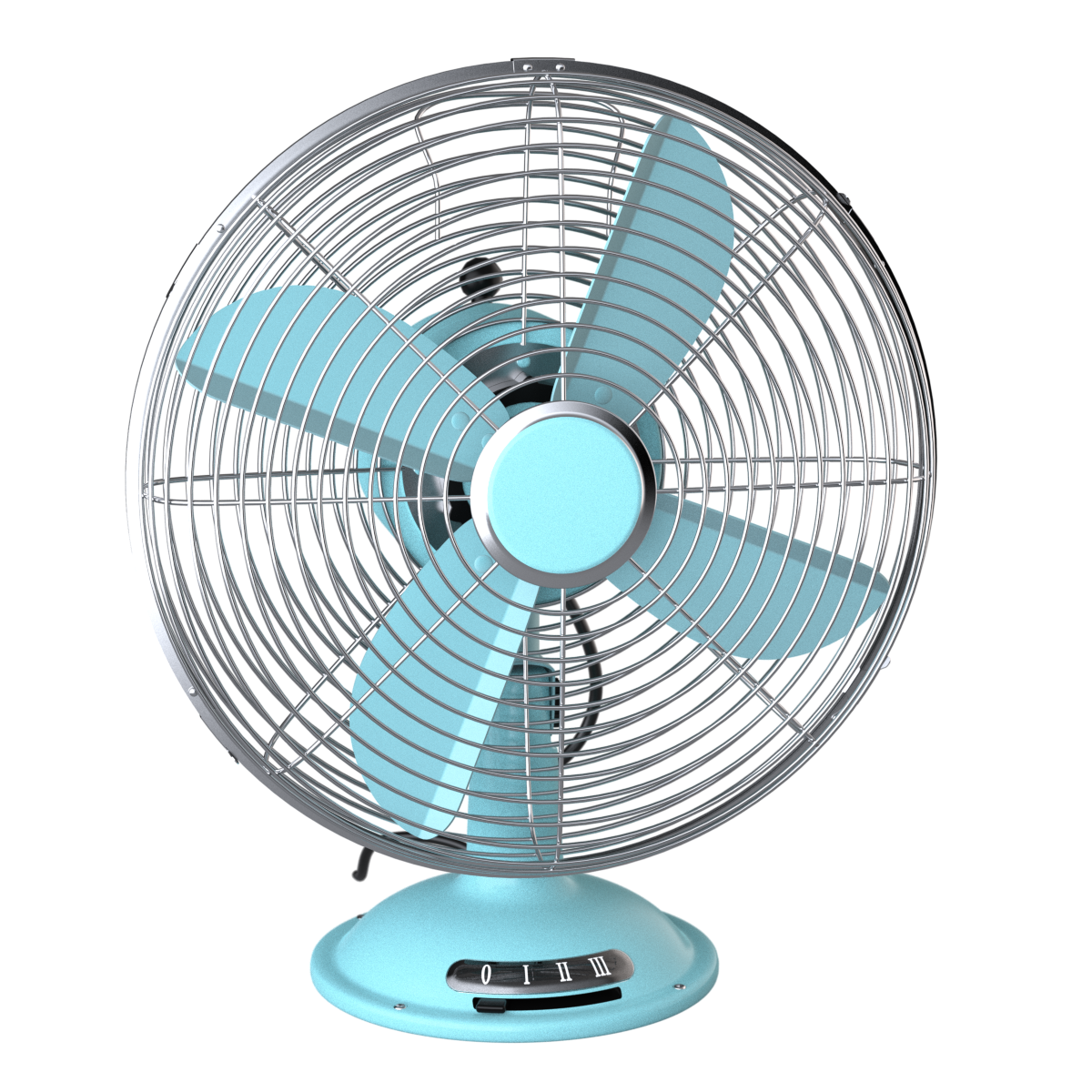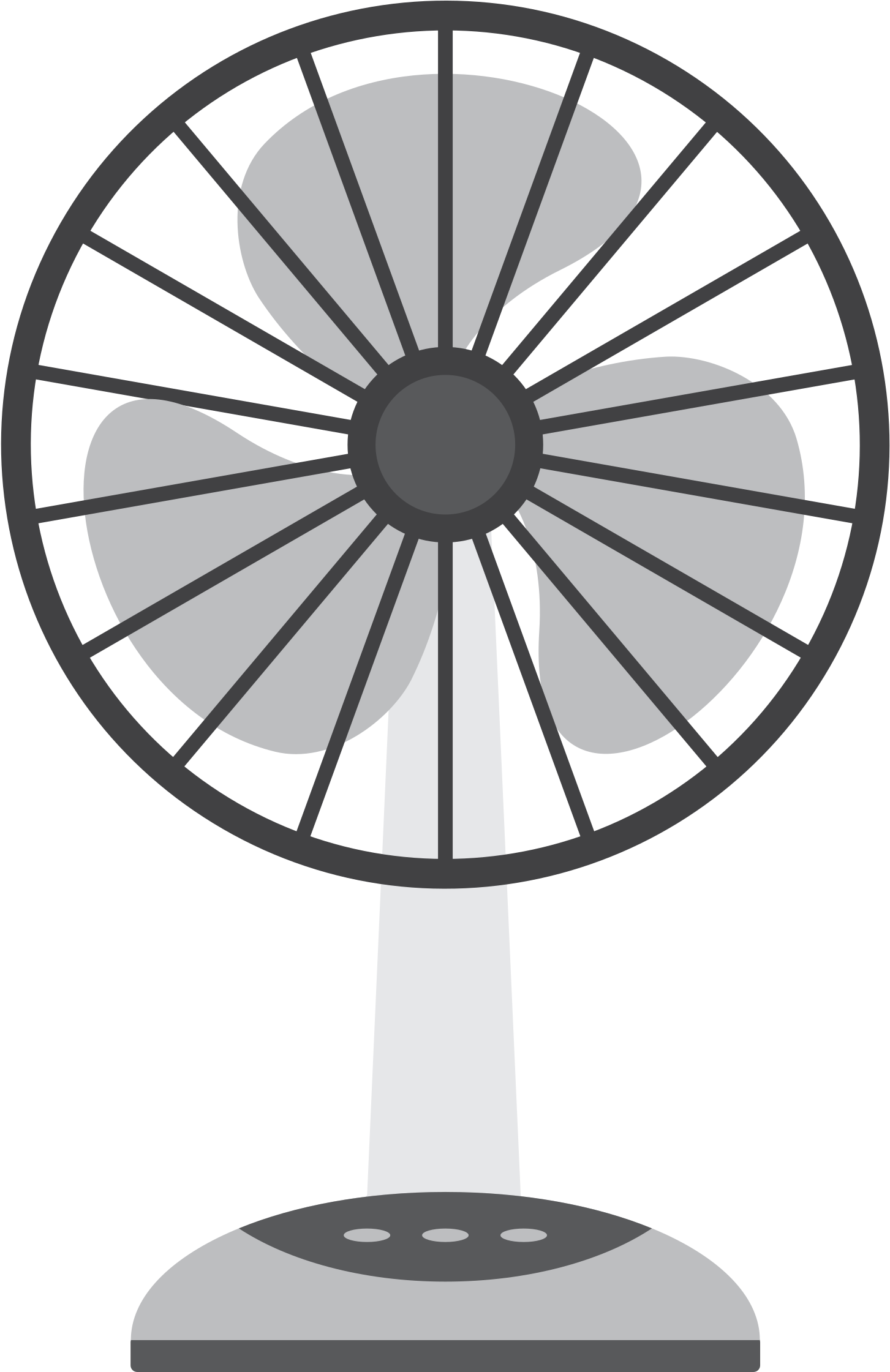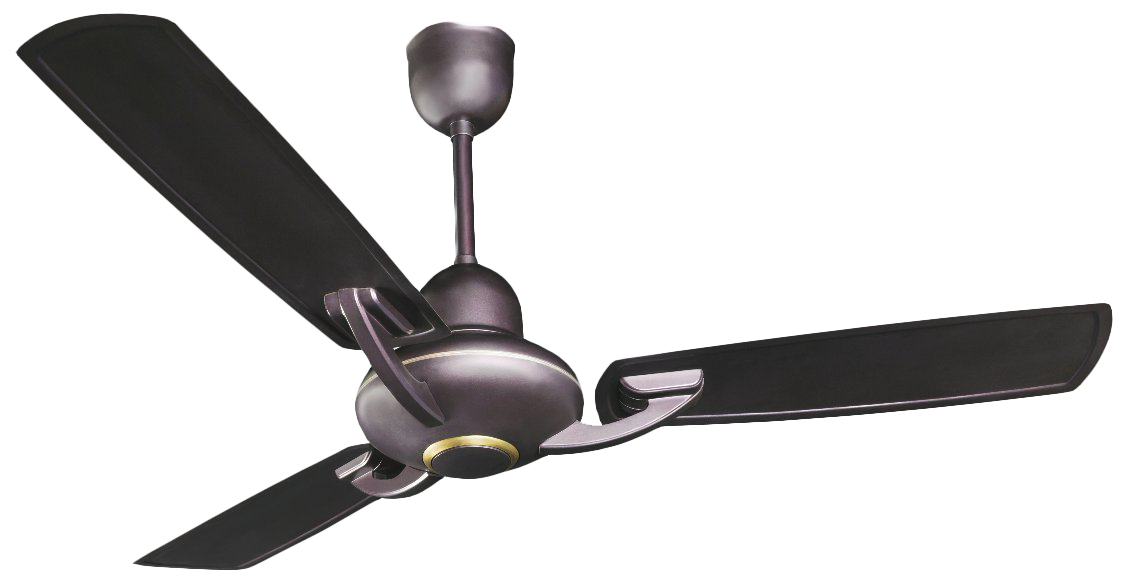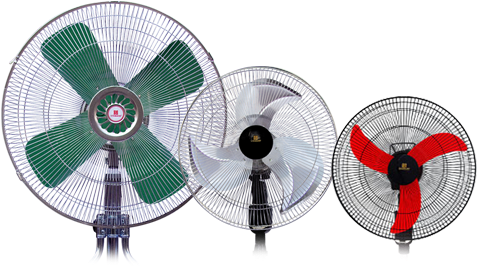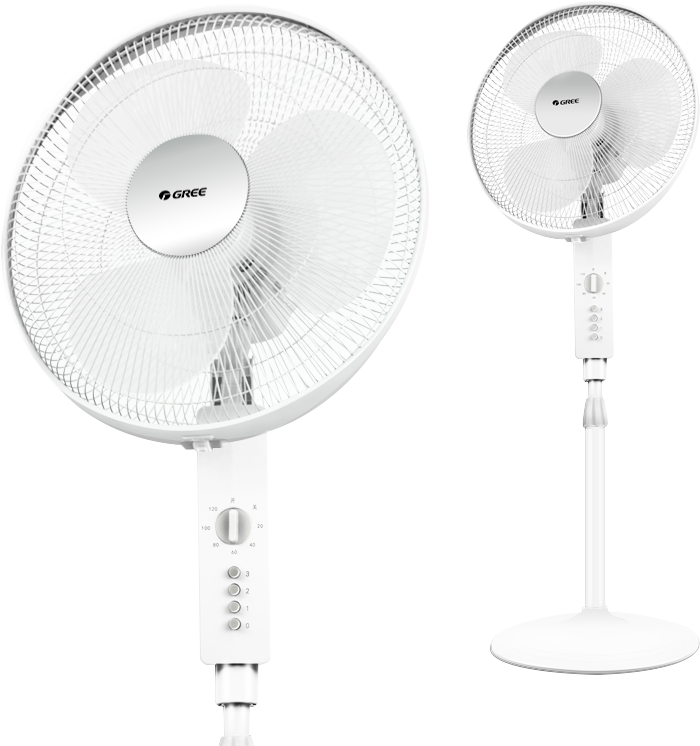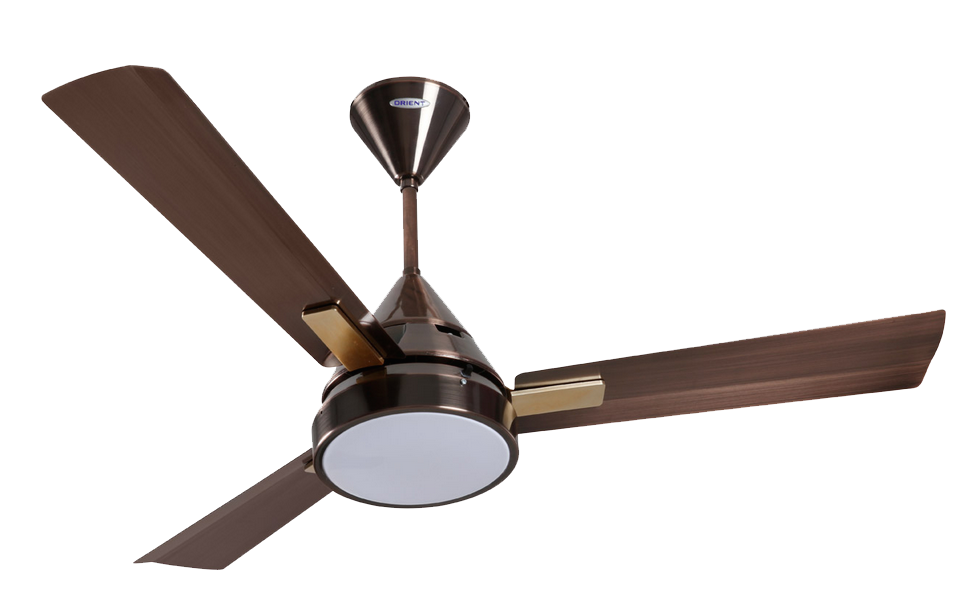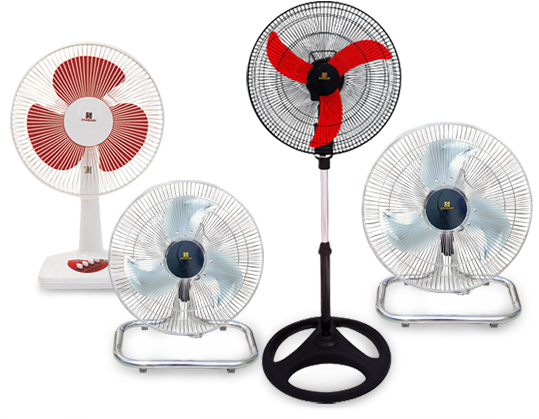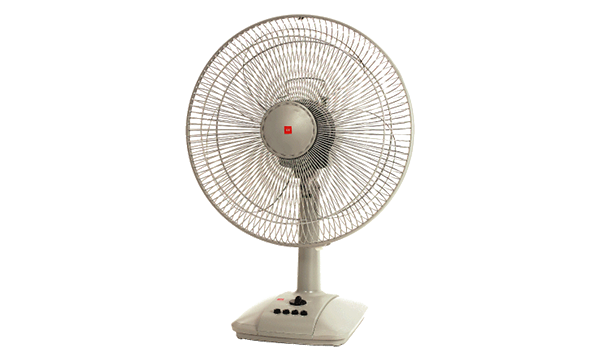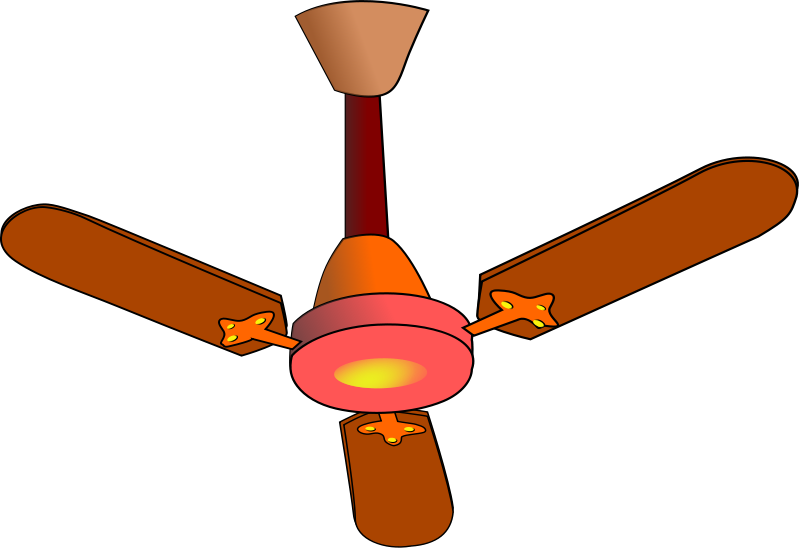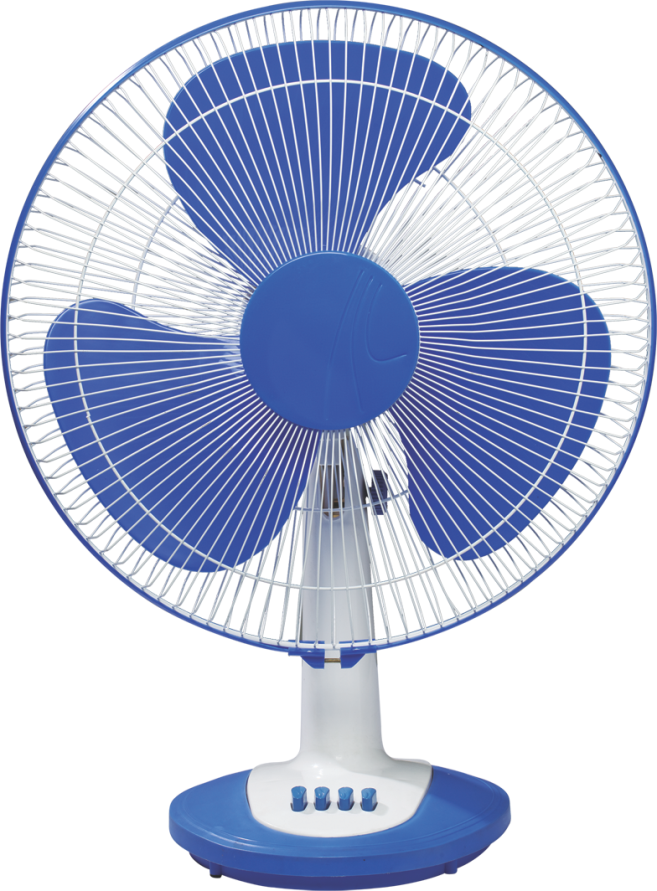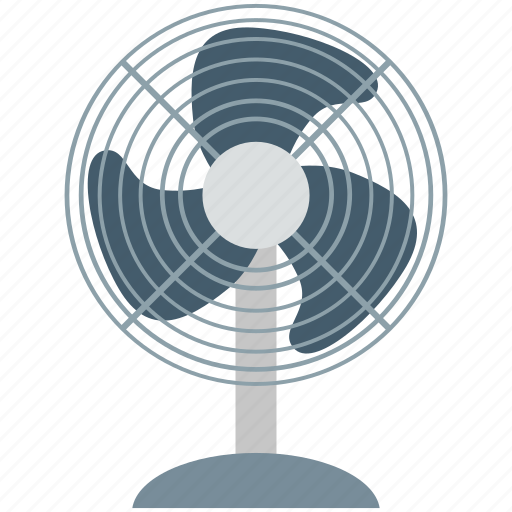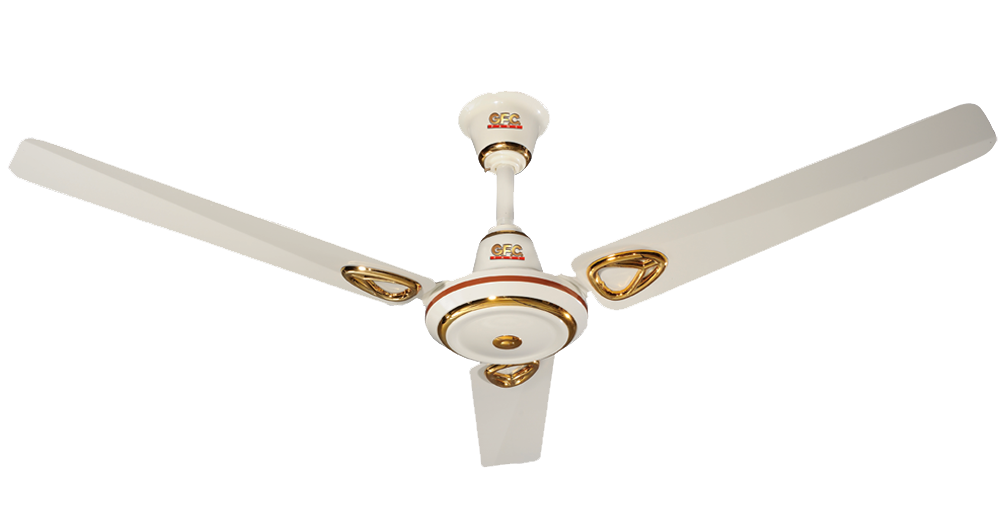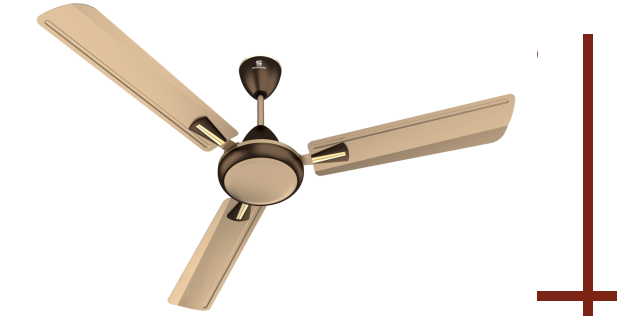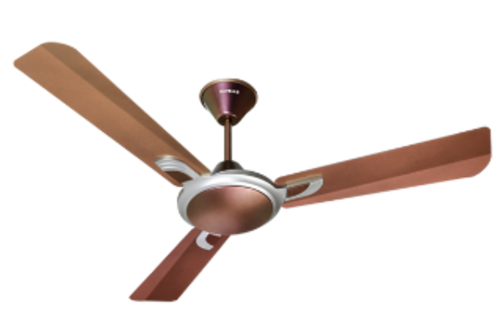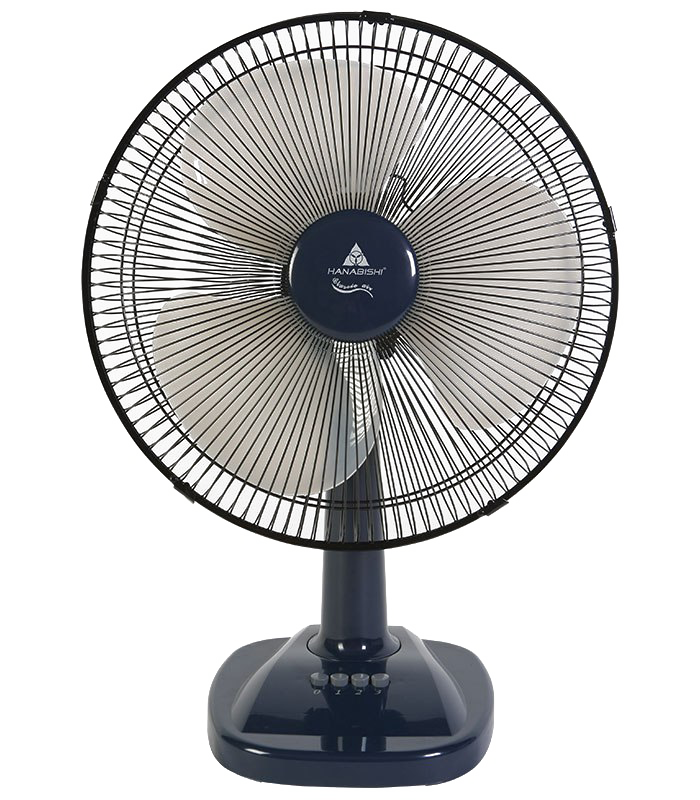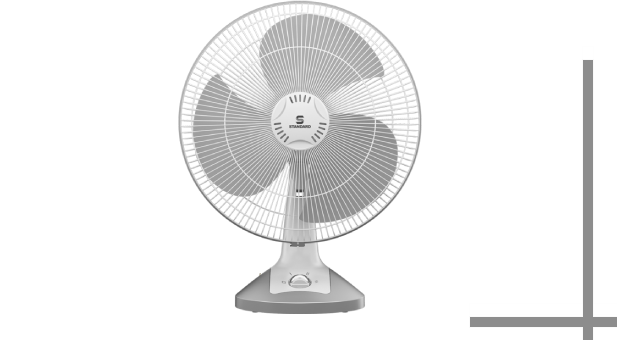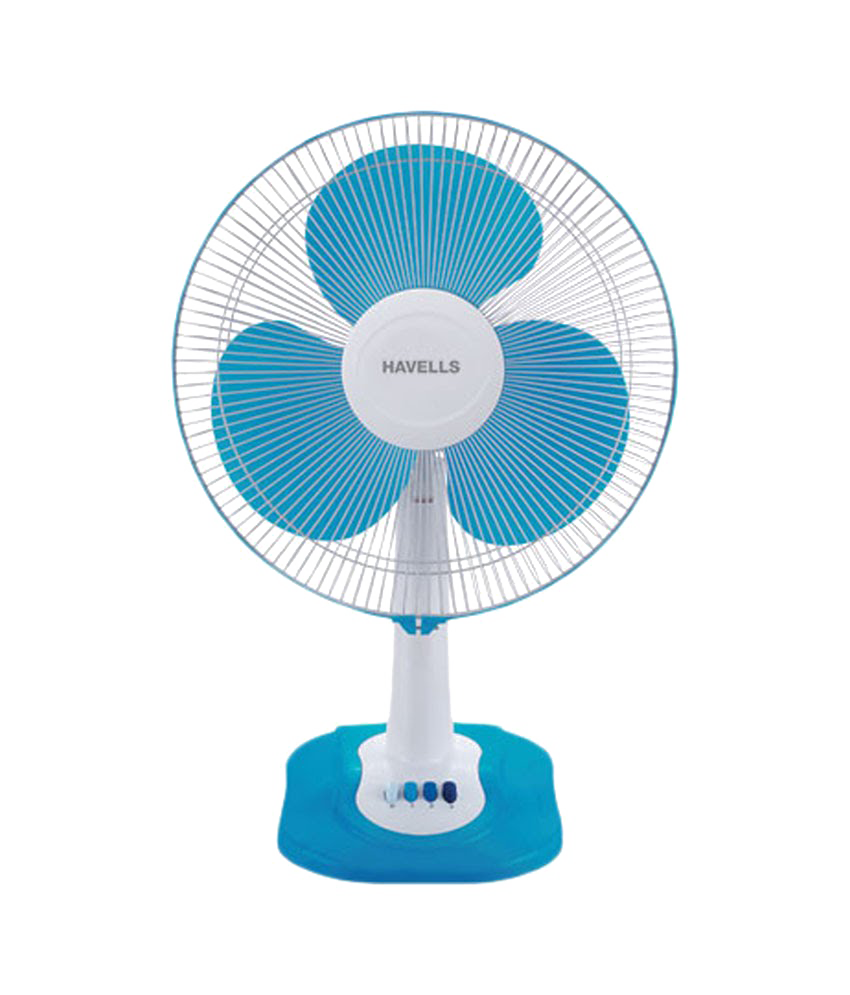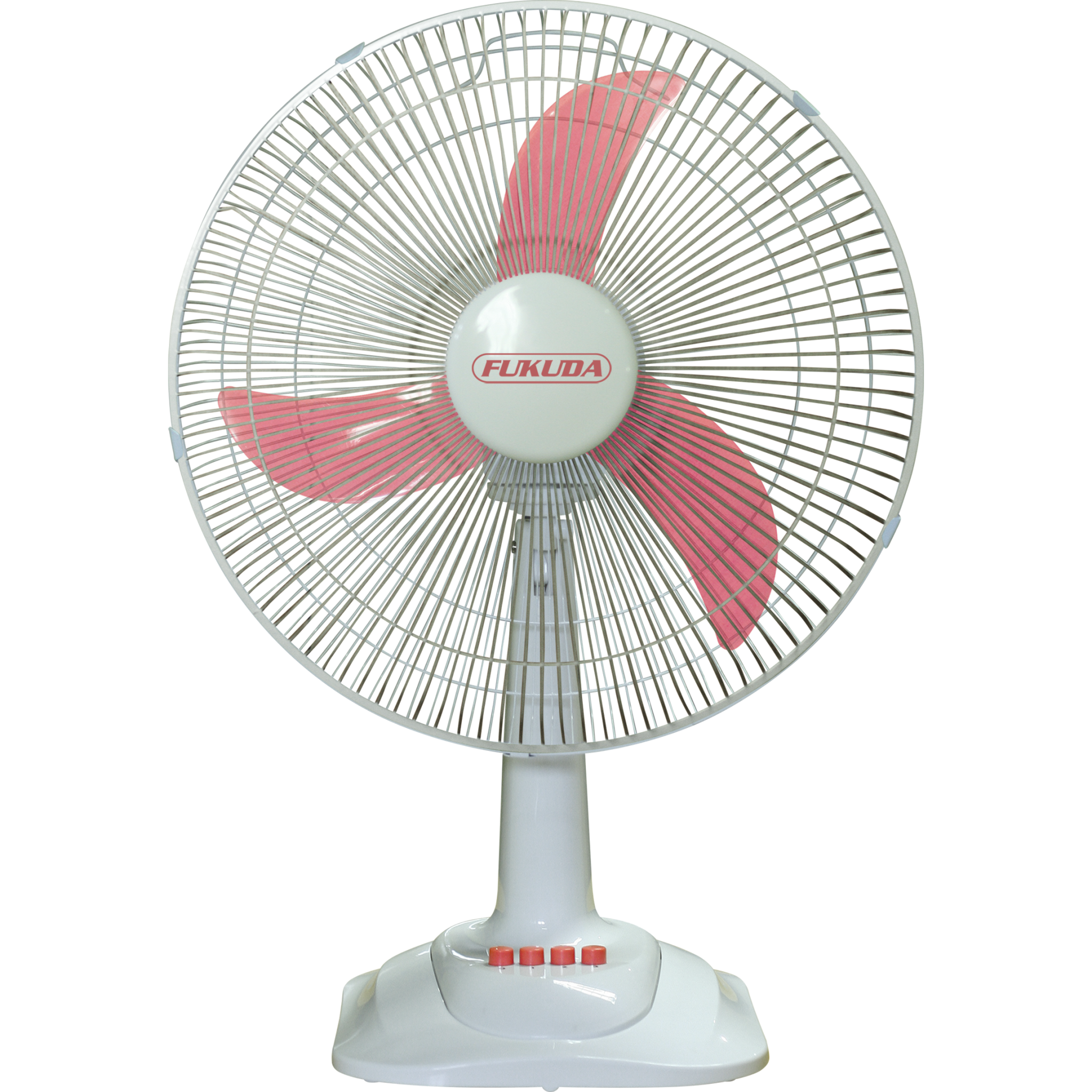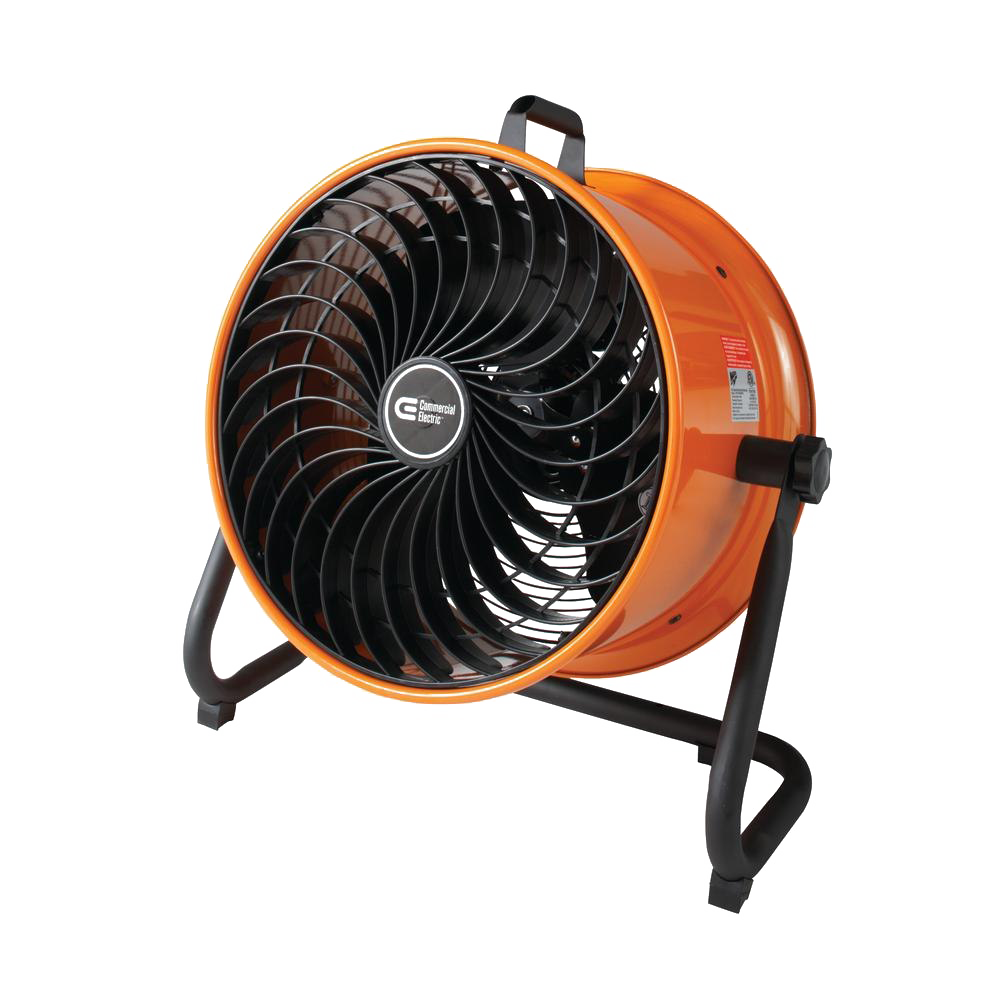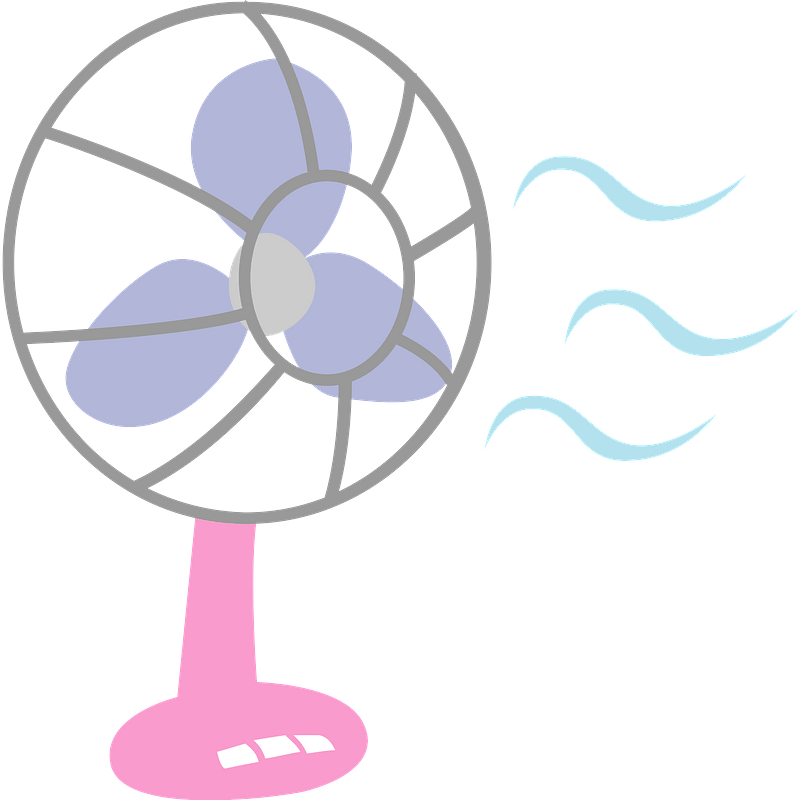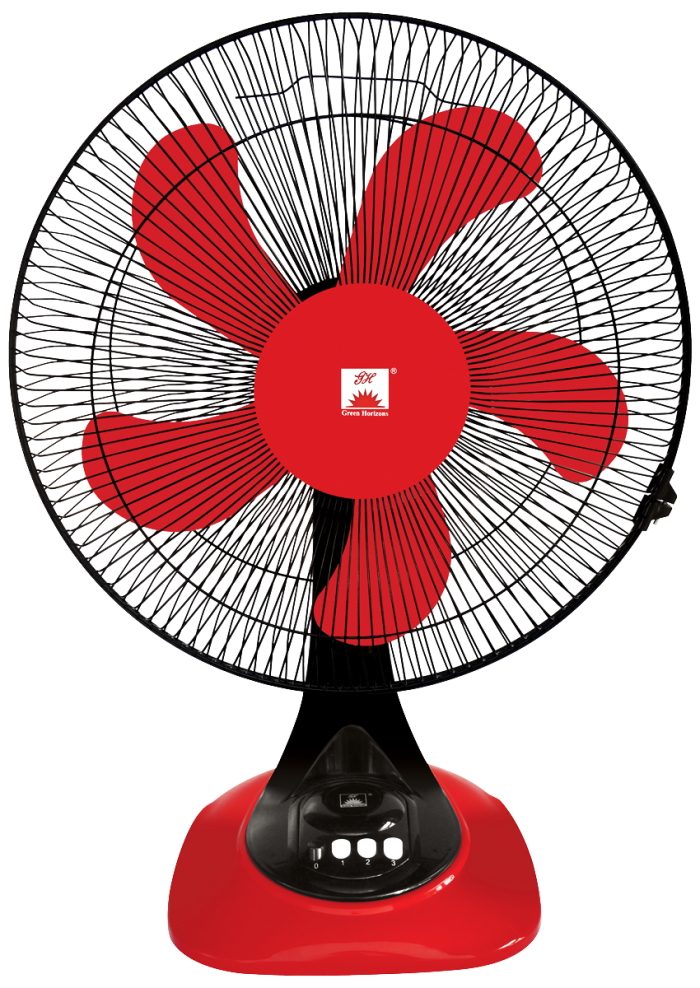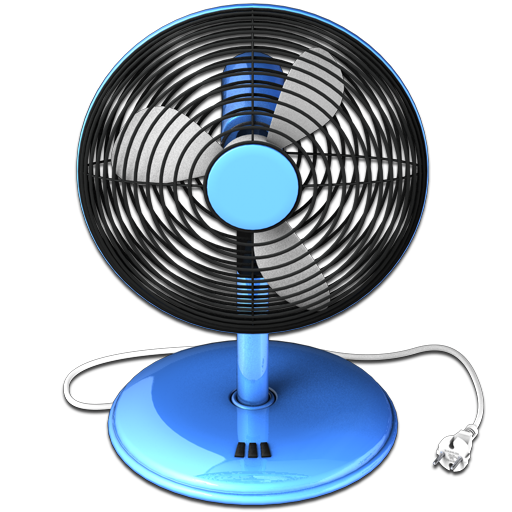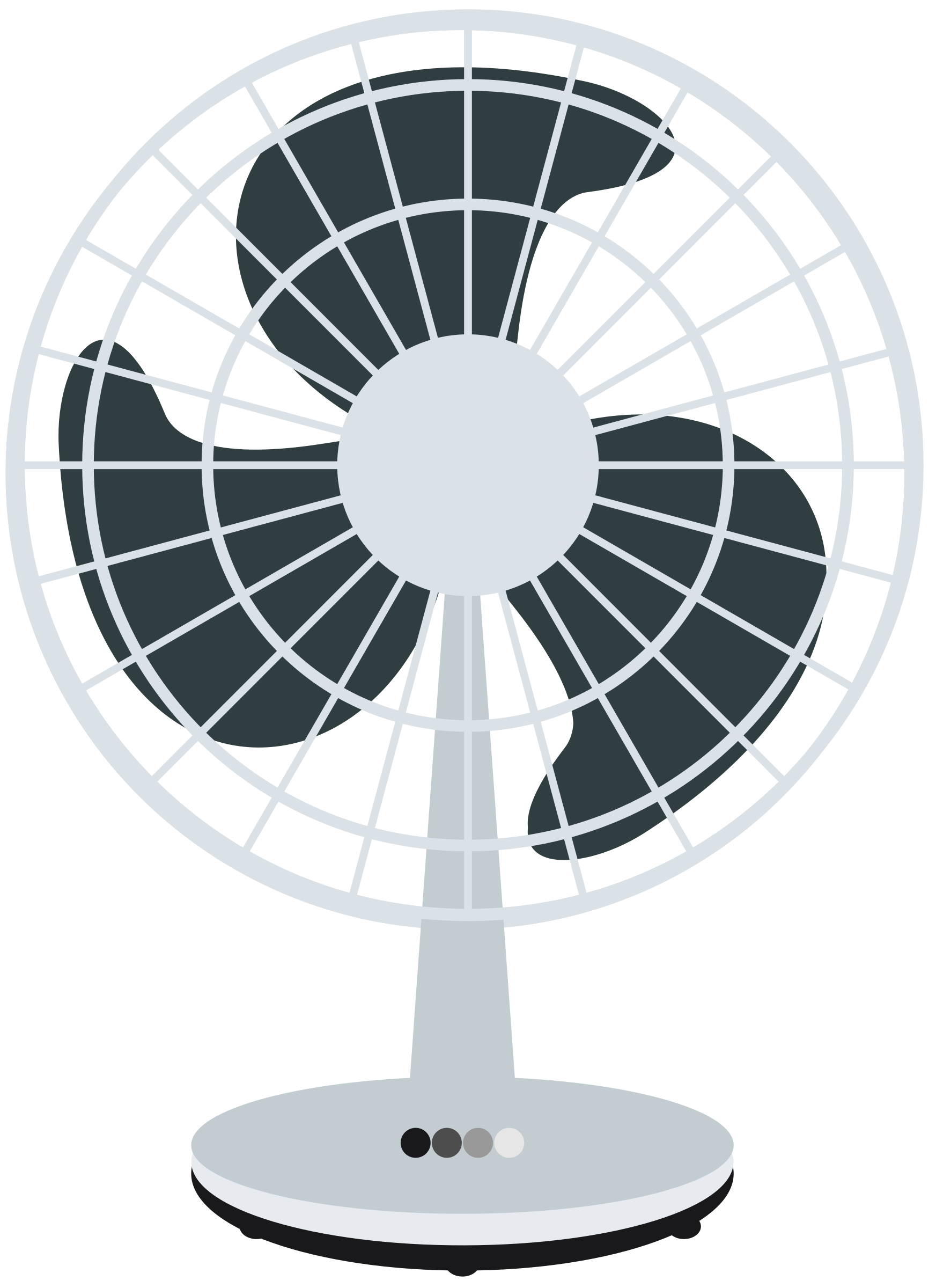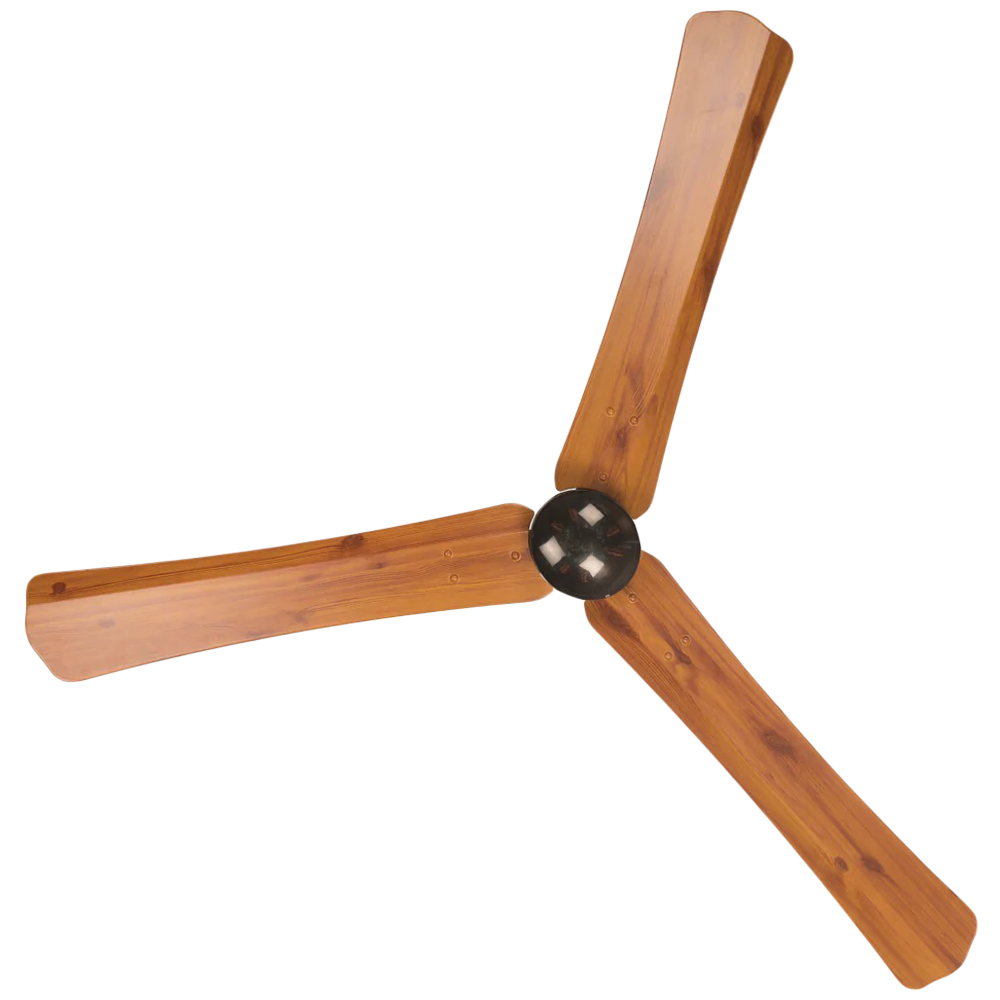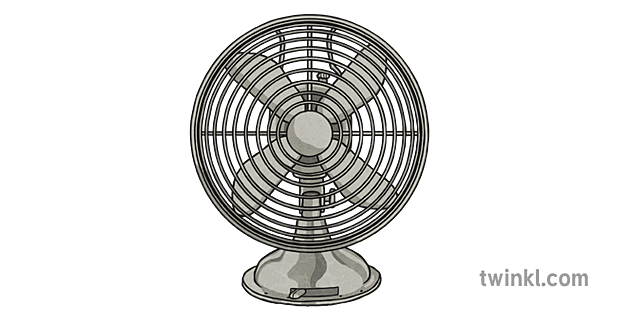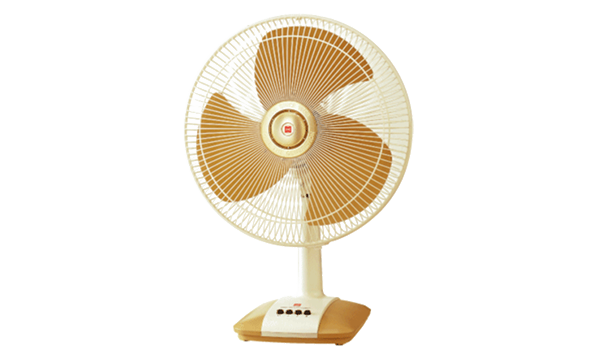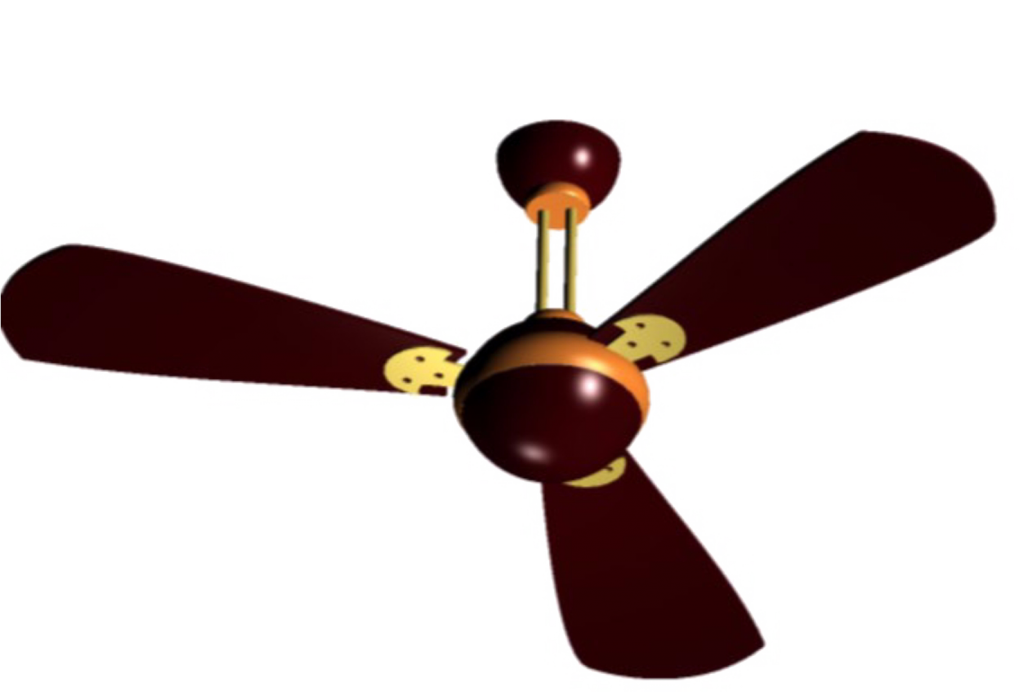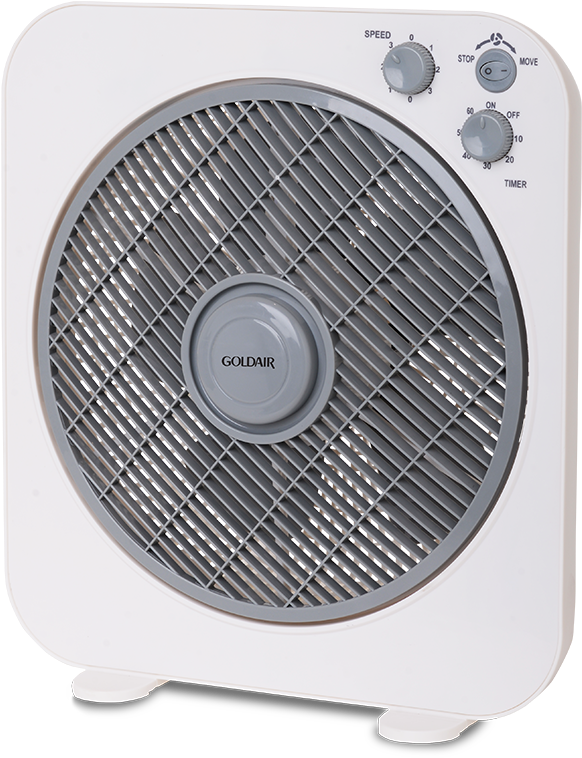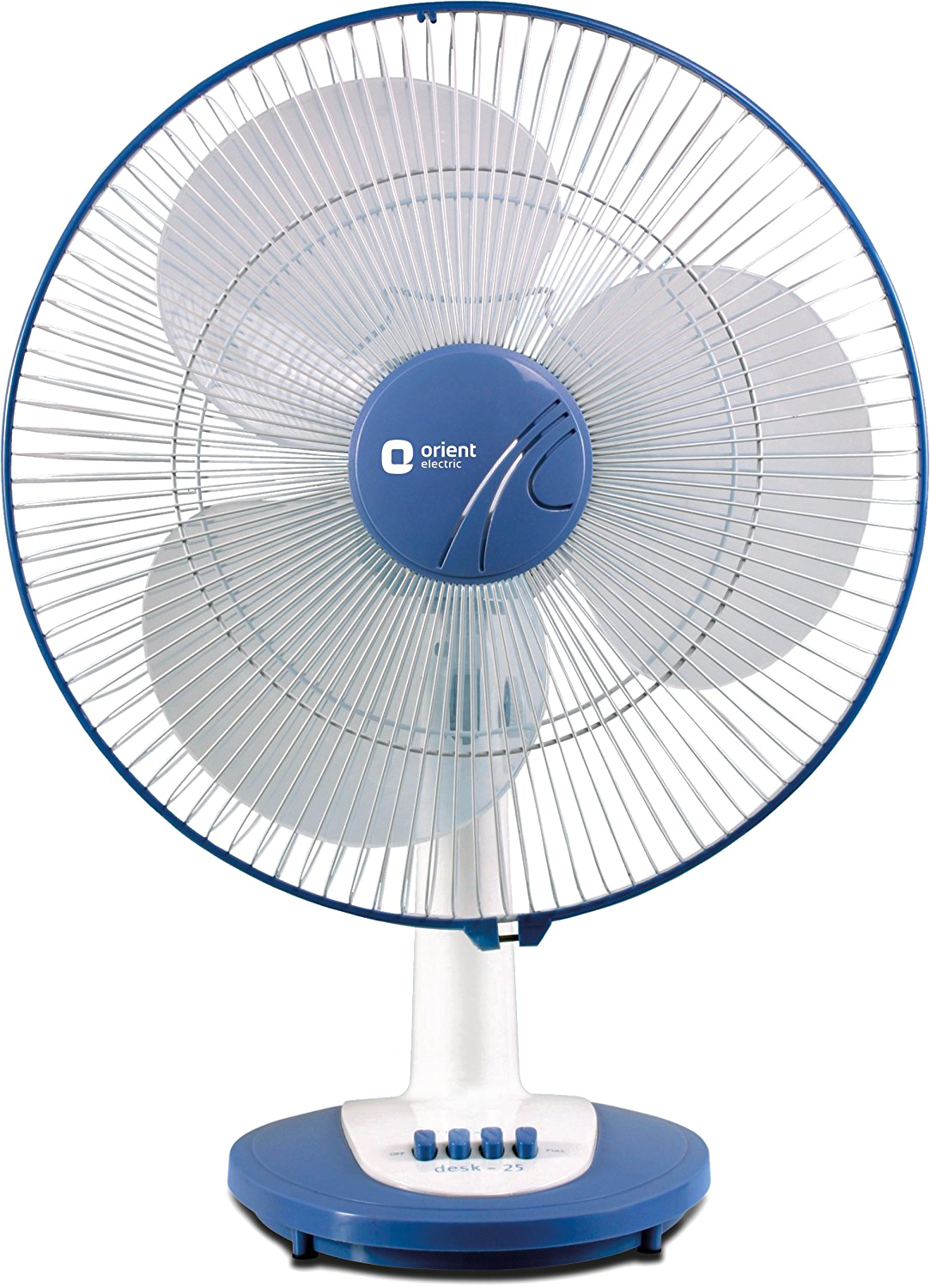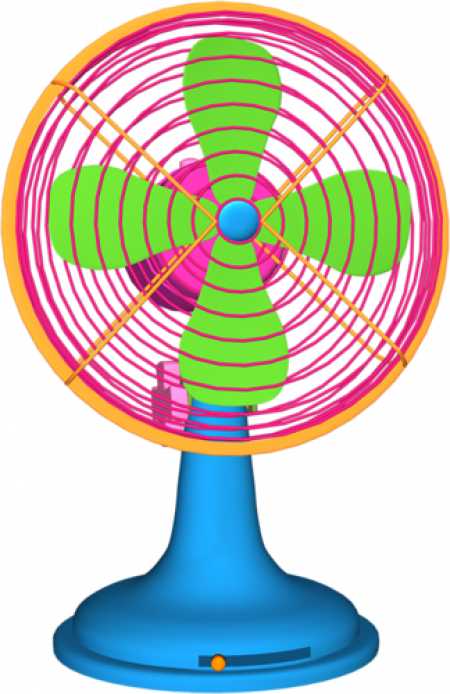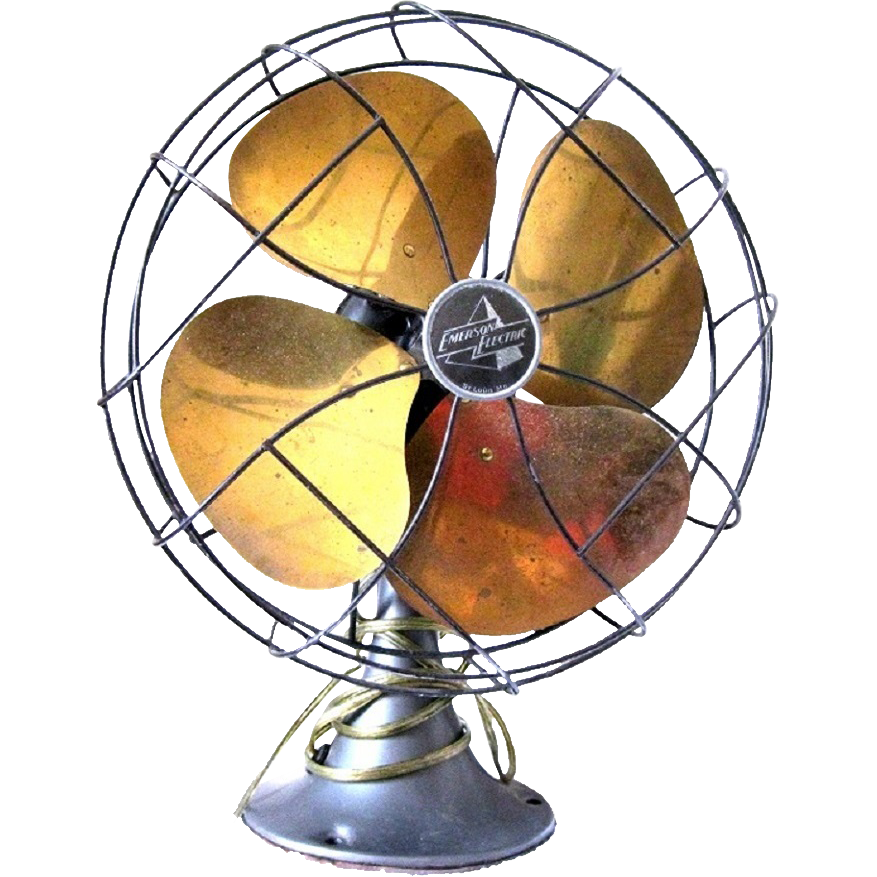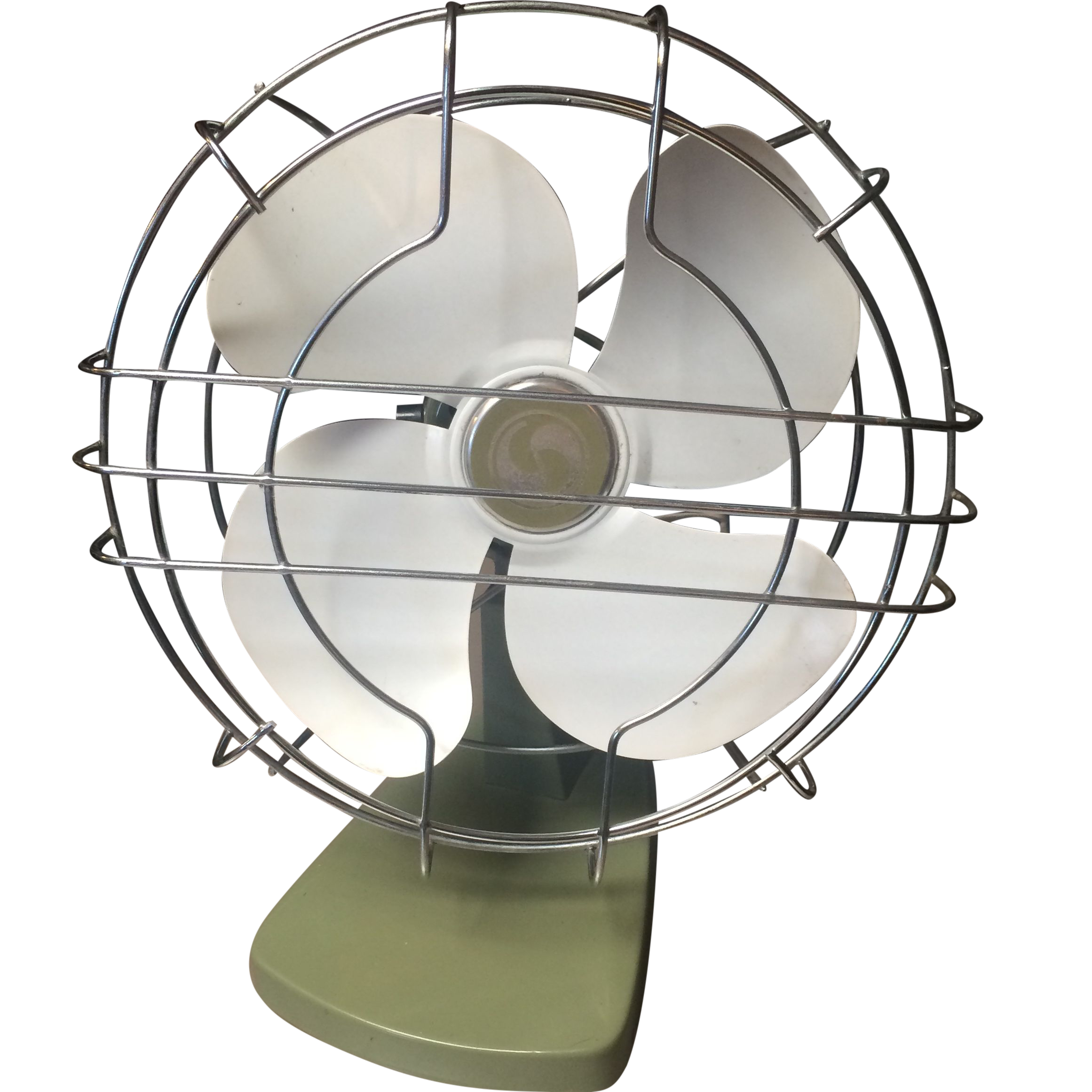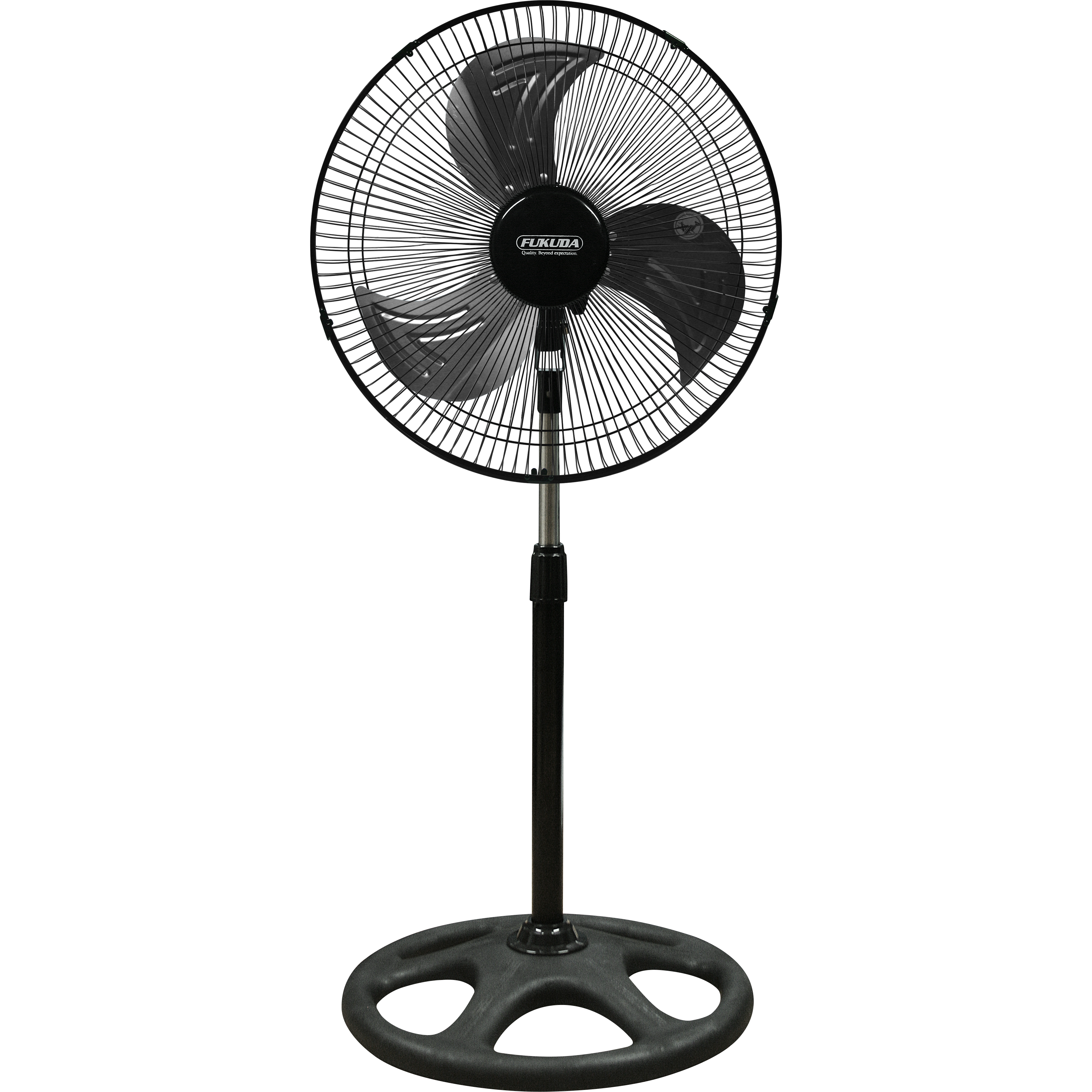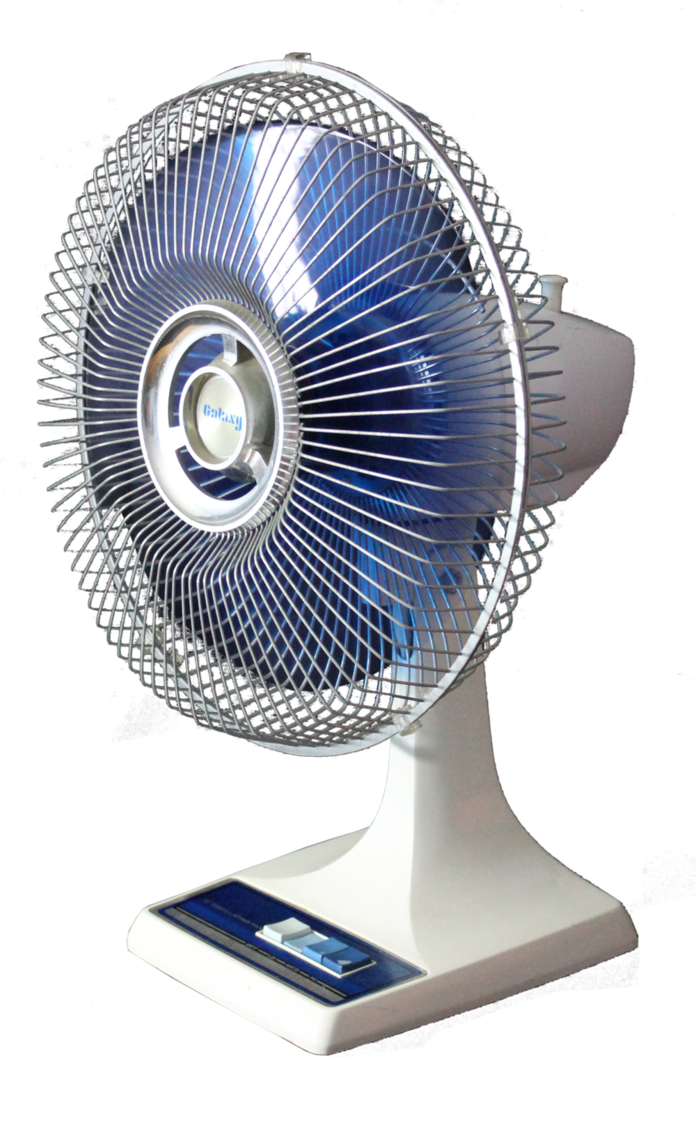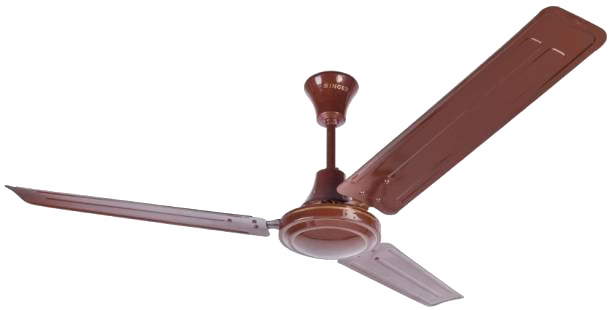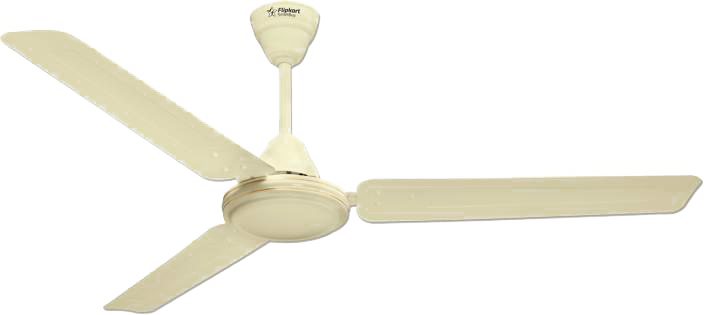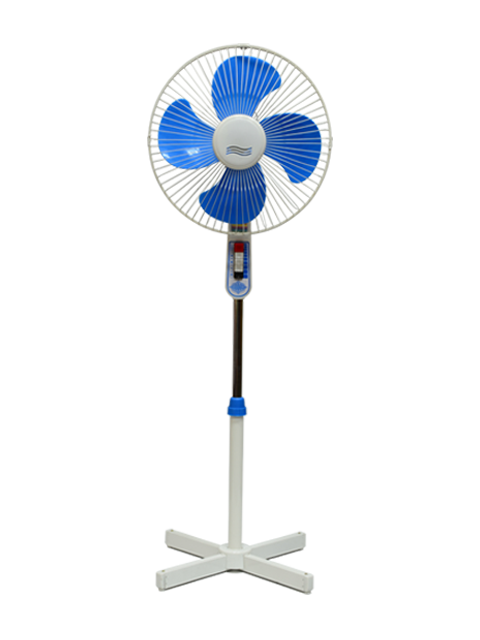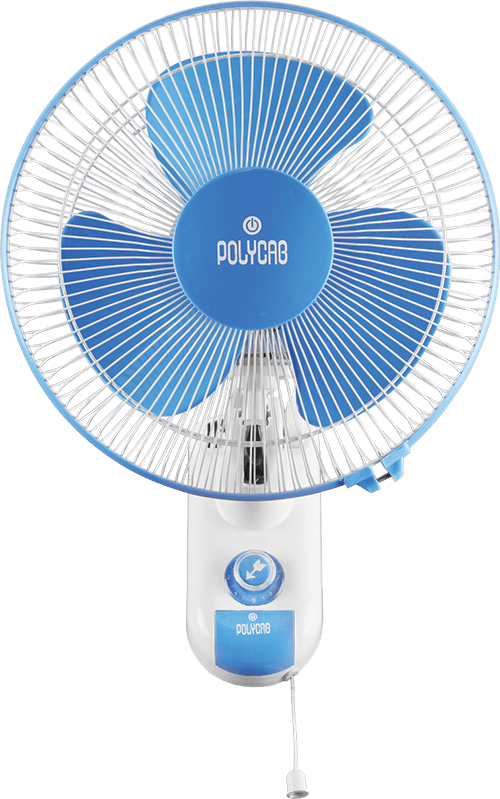Download top and best high-quality free Electric Fan PNG Transparent Images backgrounds available in various sizes. To view the full PNG size resolution click on any of the below image thumbnail.
License Info: Creative Commons 4.0 BY-NC
A fan is a mechanism that uses electricity to produce a flow of air. A fan is made up of a spinning array of vanes or blades that push air around. An impeller, rotor, or runner is a spinning assembly of blades and hub. It is usually enclosed in some kind of housing or casing. This can help guide airflow or improve safety by preventing things from colliding with the fan blades. Electric motors power the majority of fans, however alternative power sources such as hydraulic motors, handcranks, and internal combustion engines can also be employed.
A fan can be any spinning vane or vanes used to create air currents from a mechanical standpoint. In contrast to compressors, which create high pressures at a low volume, fans produce large volume and low pressure (but greater than ambient pressure) air flows. When exposed to an air-fluid stream, a fan blade will typically rotate, and devices that take advantage of this, such as anemometers and wind turbines, often have fan-like designs.
Climate control and personal thermal comfort (e.g., an electric table or floor fan), vehicle engine cooling systems (e.g., in front of a radiator), machinery cooling systems (e.g., inside computers and audio power amplifiers), ventilation, fume extraction, winnowing (e.g., separating chaff of cereal grains), dust removal (e.g., sucking like a vacuum cleaner), drying (usually in combination with a heat source), and providing draft for a fire are examples
While fans are frequently used to cool people, they do not chill the air (electric fans may warm the air slightly owing to the heating of their motors), but rather function via evaporative cooling of perspiration and greater heat convection into the surrounding air due to the airflow from the fans. As a result, if the surrounding air is near body temperature and contains significant humidity, fans may become inefficient at cooling the body. The blades of a fan are often constructed of wood, plastic, or metal.
In the industry, fans are used in a variety of ways. Some fans are used to cool the machine and process directly, while others are used to cool industrial heat exchangers indirectly.
Without the correct fan, they are important machinery that are responsible for running the entire facility, which might shut down. It is also utilized as safety equipment in mines and tunnels.
Around 500 BCE, the punkah fan was utilized in India. It was a portable fan that could be turned or fanned to circulate air, manufactured from bamboo strips or other plant fibres. During British control, Anglo-Indians began to use the term to refer to a huge swinging flat fan that was mounted to the ceiling and driven by a servant known as the punkawallah.
Ding Huan (fl. 180 CE), a Han Dynasty craftsman and engineer, invented a manually operated rotary fan with seven 3 m (10 ft) diameter wheels for air conditioning; in the 8th century, during the Tang Dynasty (618″907), the Chinese used hydraulic power to rotate the fan wheels for air conditioning, and the rotary fan became even more popular during the Song Dynasty (960″1279).
The essential concepts of vacuum and airflow were established in the 17th century thanks to the investigations of scientists such as Otto von Guericke, Robert Hooke, and Robert Boyle. In the Houses of Parliament, English architect Sir Christopher Wren installed an early ventilation system that employed bellows to move air. Wren’s design would serve as a springboard for much further development and invention. Georg Agricola (1494″1555) depicted the first rotating fan used in Europe for mine ventilation in the 16th century.
In 1727, British engineer John Theophilus Desaguliers showed the practical use of a fan system to remove stagnant air from coal mines, and shortly after, he constructed a similar mechanism in Parliament. In coal mines, good ventilation was especially crucial to avoid asphyxiation deaths. In the mines in the North of England, civil engineer John Smeaton and subsequently John Buddle erected reciprocating air pumps. This design, however, was not ideal since the machinery was prone to failure.
Download Electric Fan PNG images transparent gallery.
- Roof Electric Fan PNG Photo
Resolution: 1300 × 833
Size: 306 KB
Image Format: .png
Download
- Electric Fan Table PNG Image HD
Resolution: 600 × 600
Size: 675 KB
Image Format: .png
Download
- Electric Fan Table No Background
Resolution: 459 × 460
Size: 273 KB
Image Format: .png
Download
- Roof Electric Fan PNG Cutout
Resolution: 1421 × 976
Size: 272 KB
Image Format: .png
Download
- Electric Fan Table PNG Images HD
Resolution: 504 × 595
Size: 50 KB
Image Format: .png
Download
- Electric Fan PNG Free Image
Resolution: 800 × 800
Size: 279 KB
Image Format: .png
Download
- Electric Fan PNG Image File
Resolution: 724 × 981
Size: 37 KB
Image Format: .png
Download
- Electric Fan Table PNG Free Image
Resolution: 1200 × 1200
Size: 1503 KB
Image Format: .png
Download
- Electric Fan Table PNG Image File
Resolution: 1453 × 2241
Size: 177 KB
Image Format: .png
Download
- Roof Electric Fan PNG Images
Resolution: 1127 × 585
Size: 188 KB
Image Format: .png
Download
- Electric Fan Table PNG
Resolution: 477 × 267
Size: 249 KB
Image Format: .png
Download
- Electric Fan Table PNG Pic
Resolution: 700 × 746
Size: 270 KB
Image Format: .png
Download
- Roof Electric Fan PNG Photos
Resolution: 980 × 609
Size: 245 KB
Image Format: .png
Download
- Electric Fan Table PNG File
Resolution: 539 × 419
Size: 326 KB
Image Format: .png
Download
- Electric Fan Background PNG
Resolution: 600 × 360
Size: 153 KB
Image Format: .png
Download
- Roof Electric Fan Transparent
Resolution: 800 × 548
Size: 56 KB
Image Format: .png
Download
- Electric Fan PNG
Resolution: 657 × 891
Size: 784 KB
Image Format: .png
Download
- Electric Fan Table PNG Image
Resolution: 512 × 512
Size: 75 KB
Image Format: .png
Download
- Roof Electric Fan PNG Clipart
Resolution: 1000 × 530
Size: 129 KB
Image Format: .png
Download
- Roof Electric Fan PNG Picture
Resolution: 617 × 316
Size: 52 KB
Image Format: .png
Download
- Roof Electric Fan PNG
Resolution: 500 × 333
Size: 70 KB
Image Format: .png
Download
- Electric Fan PNG Pic
Resolution: 700 × 800
Size: 753 KB
Image Format: .png
Download
- Electric Fan Table PNG Photo
Resolution: 512 × 512
Size: 20 KB
Image Format: .png
Download
- Electric Fan PNG File
Resolution: 617 × 340
Size: 94 KB
Image Format: .png
Download
- Electric Fan Table PNG Cutout
Resolution: 850 × 995
Size: 549 KB
Image Format: .png
Download
- Electric Fan Table PNG Images
Resolution: 2048 × 2048
Size: 3256 KB
Image Format: .png
Download
- Electric Fan PNG Image
Resolution: 1000 × 1000
Size: 559 KB
Image Format: .png
Download
- Electric Fan PNG Photo
Resolution: 800 × 800
Size: 39 KB
Image Format: .png
Download
- Electric Fan PNG Cutout
Resolution: 700 × 988
Size: 889 KB
Image Format: .png
Download
- Electric Fan Table PNG Photos
Resolution: 512 × 512
Size: 290 KB
Image Format: .png
Download
- Electric Fan PNG Images
Resolution: 512 × 512
Size: 96 KB
Image Format: .png
Download
- Electric Fan Table Transparent
Resolution: 1745 × 2400
Size: 297 KB
Image Format: .png
Download
- Roof Electric Fan PNG Pic
Resolution: 1000 × 1000
Size: 300 KB
Image Format: .png
Download
- Electric Fan PNG Photos
Resolution: 630 × 315
Size: 29 KB
Image Format: .png
Download
- Electric Fan Transparent
Resolution: 600 × 360
Size: 139 KB
Image Format: .png
Download
- Electric Fan PNG Clipart
Resolution: 512 × 512
Size: 22 KB
Image Format: .png
Download
- Roof Electric Fan PNG File
Resolution: 1024 × 692
Size: 266 KB
Image Format: .png
Download
- Electric Fan
Resolution: 582 × 758
Size: 773 KB
Image Format: .png
Download
- Electric Fan Table
Resolution: 1083 × 1500
Size: 1848 KB
Image Format: .png
Download
- Electric Fan Table PNG Clipart
Resolution: 450 × 694
Size: 404 KB
Image Format: .png
Download
- Electric Fan Table PNG Picture
Resolution: 877 × 877
Size: 712 KB
Image Format: .png
Download
- Electric Fan Table PNG HD Image
Resolution: 2322 × 2322
Size: 2764 KB
Image Format: .png
Download
- Electric Fan PNG Picture
Resolution: 3187 × 3187
Size: 3726 KB
Image Format: .png
Download
- Electric Fan PNG HD Image
Resolution: 696 × 1148
Size: 921 KB
Image Format: .png
Download
- Roof Electric Fan
Resolution: 612 × 310
Size: 81 KB
Image Format: .png
Download
- Roof Electric Fan PNG Image
Resolution: 704 × 315
Size: 67 KB
Image Format: .png
Download
- Electric Fan PNG Image HD
Resolution: 480 × 640
Size: 112 KB
Image Format: .png
Download
- Electric Fan No Background
Resolution: 500 × 799
Size: 127 KB
Image Format: .png
Download
- Electric Fan PNG Images HD
Resolution: 900 × 900
Size: 843 KB
Image Format: .png
Download
